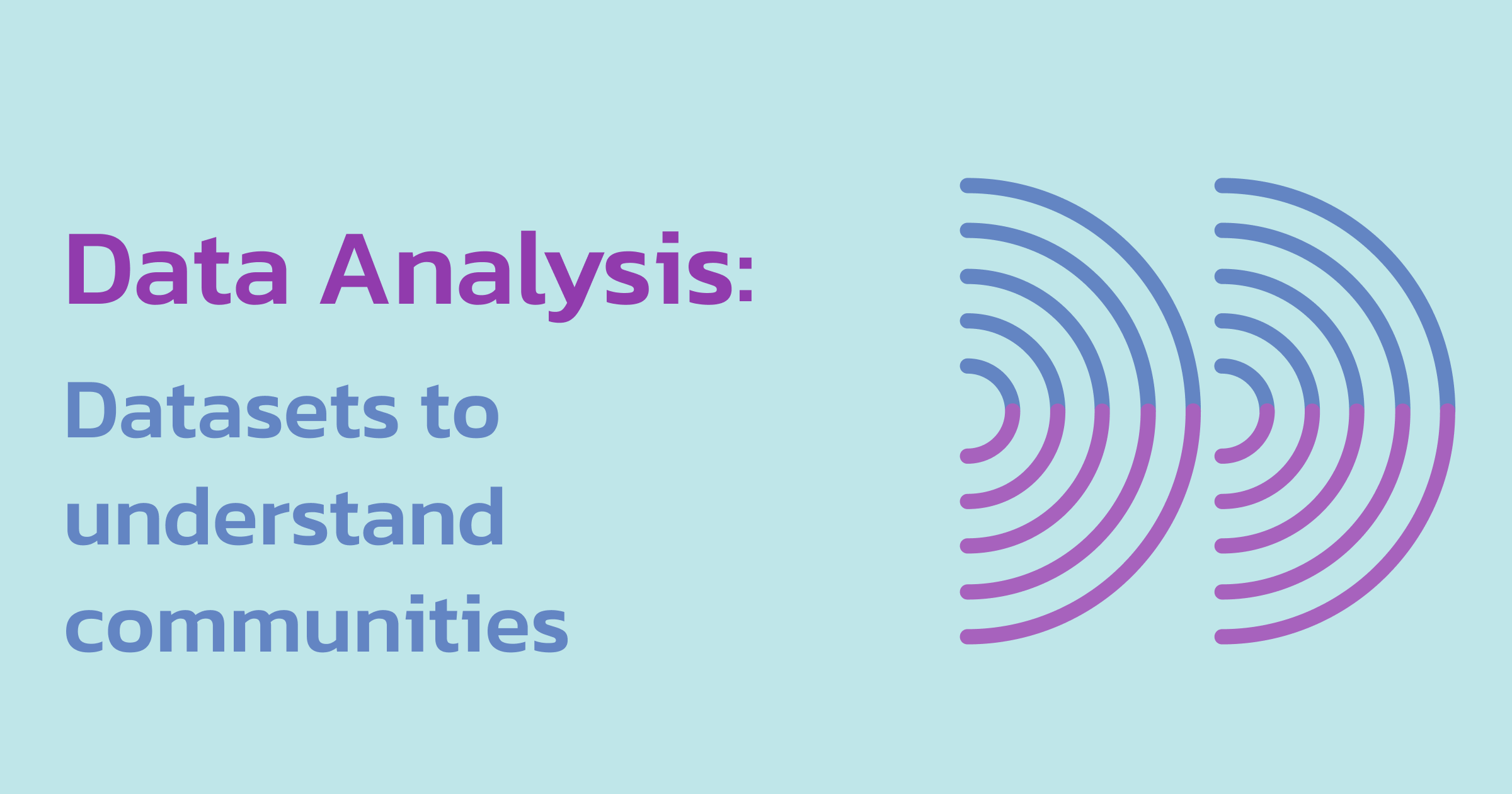Background
The excellent Nomis (www.nomisweb.co.uk) recently started publishing labour market data by level of deprivation, and I have been having a brief look at what this data shows.
The Annual Population Survey (APS), or Labour Force Survey as was, provides data on employment, skills and unemployment over time, and is usually published to Local Authority level. The sample size is too small to produce neighbourhood level data (eg at Super Output Area), so it is not possible to use the published data to analyse how unemployment or employment levels are changing in the most deprived areas. As a result, workless benefits data (Jobseeker’s Allowance and Incapacity Benefit/ Employment Support Allowance) are often used instead, but these only count those people eligible for benefit – so underestimate the local level of unemployment (for example, in July 2011 there were just over 1.2 million on unemployment benefit, but the most recent APS data shows nearly 2 million unemployed).
The Annual Population Survey data published on Nomis has been aggregated by the level of deprivation, based on the Index of Multiple Deprivation 2010 [1]. It is now possible to compare how deprived areas fare on key labour market indicators compared with the rest of the country. Important APS datasets include:
- Employment and unemployment rates
- Skill levels
- Occupation groups
- Employment status (part time, full time, self employment).
Labour market indicators by level of deprivation
The charts below compare levels of employment, unemployment, degree-level qualifications, and no qualifications, by the level of deprivation for all areas across England. In each case, there is a strong gradient showing that the most deprived areas fall well behind the average, with the least deprived areas performing well above average. (data is taken from APS 2010 data, linked to the Index of Multiple Deprivation 2010).

Employment rate by level of deprivation

Unemployment rate by level of deprivation

No-qualifications rate by level of deprivation

Degree-level qualifications rate by level of deprivation
Working-age people living in the most deprived areas are more than twice as likely to be unemployed as on average: The unemployment rate in the most deprived 10% of areas is 17%, compared with 8% across England as a whole (and 4% in the least deprived areas). By contrast, the proportion of people in employment is lower in the most deprived areas with just over half (52%) in employment, compared with 70% across England as a whole (and 78% in the least deprived areas).
People living in the most deprived areas are more than twice as likely to hold no qualifications at all, and half as likely to hold degree level qualifications: Skill levels are generally lower in more deprived areas, with one in four people in the most deprived 10% of areas holding no qualifications (more than double the 11% average across England as a whole). Only 15% in the most deprived areas hold a degree level qualification, compared with the national average of 31% (and 43% in the least deprived areas).
Labour market trends by level of deprivation
The APS is updated quarterly (with the most recent data covering the period January to December 2010), so it is possible to track change over time. This time series analysis can be used to see how unemployment levels are changing in deprived areas and whether these areas are closing the gap or falling further behind the rest of the country, particularly in the context of the recession.
The two charts below show how the unemployment rate changed over the period 2004 to 2010. The three trend lines show data for a) the most deprived 10% of areas (dark solid line); b) England average (dark dashed line); c) the 10% least deprived areas (light solid line). The first chart shows the unemployment rate, and the second shows the unemployment rate ‘baselined’ to the 2004 values (where a value of 200% would indicate that unemployment has doubled since 2004, and a value of 50% would indicate that unemployment had halved).

Unemployment trends for most and least deprived areas in England

Changes in unemployment since 2004 for most and least deprived areas in England
The charts show that unemployment has risen across deprived and non-deprived areas alike between 2004 and 2009. This rise was fairly gradual until the end of 2007, but then rose rapidly in deprived and non-deprived areas as a result of the recession. Since 2009, unemployment levels have fallen somewhat (particularly in less deprived areas).
The APS data is smoothed over 4 quarterly time points, so it is difficult to use this data to pinpoint exactly when the 2007/8 downturn started affecting unemployment levels. However, it is clear from the charts that the first sharp increases appeared in the January 2008 to December 2008 dataset, which would be the first time that data from the Oct-Dec 2008 quarter was included (as a reference point, Lehman’s Bank collapsed in September 2008).
Key points from the data are:
The most deprived areas saw smaller-than-average increases (in relative terms) in unemployment rates during the recession. The rise in unemployment levels was larger across the least deprived areas during this period (albeit from a lower base); with the unemployment rate in 2010 65% higher than in 2004. The most deprived areas saw a smaller relative rise in unemployment over the period, with the unemployment rate in 2010 40% higher than in 2004.
However, deprived areas saw the greatest absolute increases in unemployment during this period, leading to a larger gap between the most deprived areas and the average. In 2004 the unemployment rate in the most deprived areas was 11.8%, compared with 2.3% in the least deprived areas (a gap of 9.5%). By 2010 the unemployment rate in the most deprived areas was 16.6%, compared with 3.8% in the least deprived areas (a gap of 12.8%). This gap has been increasing steadily since 2005, with a sharper increase at the start of the recession (2007/08).
This shows that while unemployment increases have been greatest in relative terms in the least deprived areas, they have been greatest in absolute terms in the most deprived areas. In other words, while the least deprived areas have experienced a larger percentage increase in unemployment, the most deprived areas have seen a larger increase in raw numbers (people). And the gap between the most deprived and least deprived areas has got larger since the start of the recession.
Stefan Noble, OCSI.





